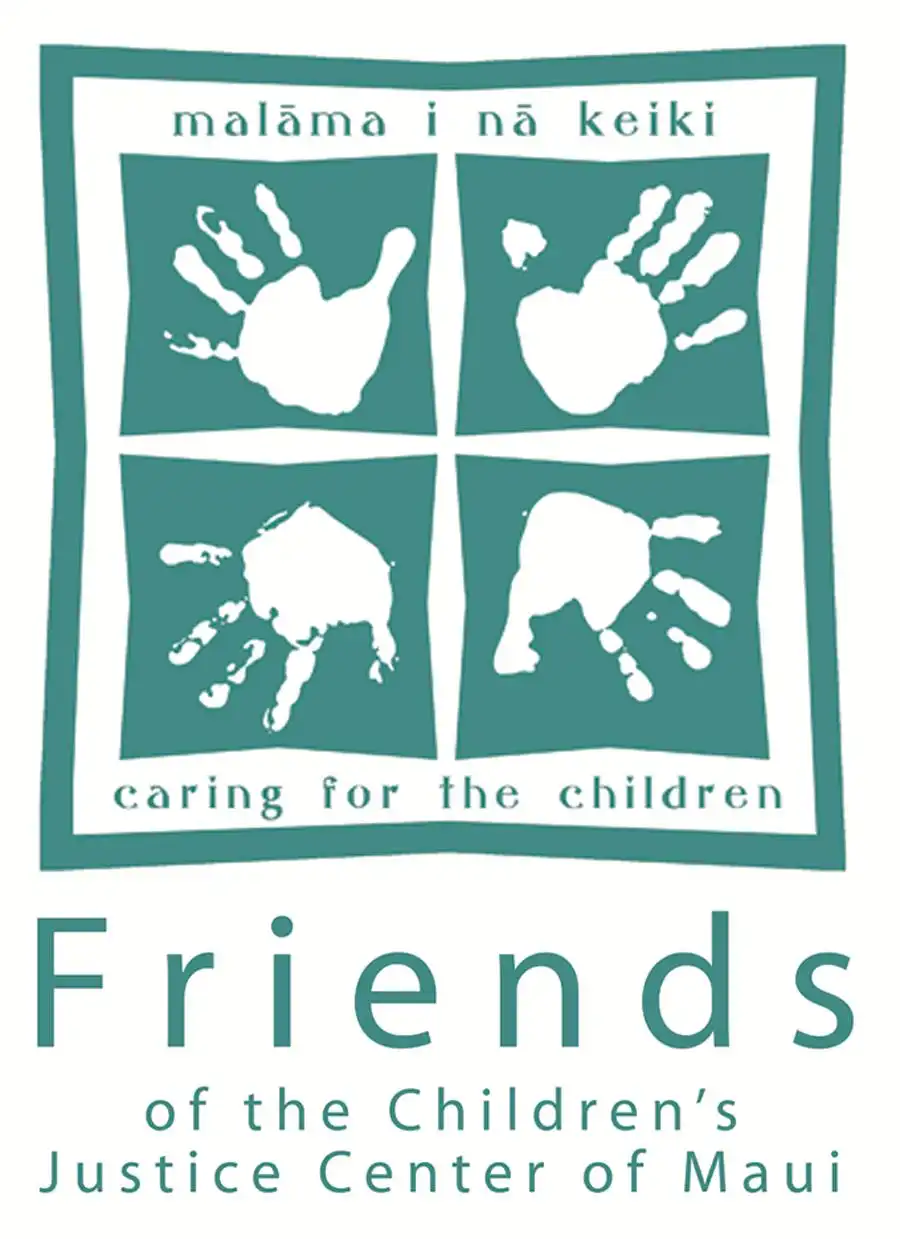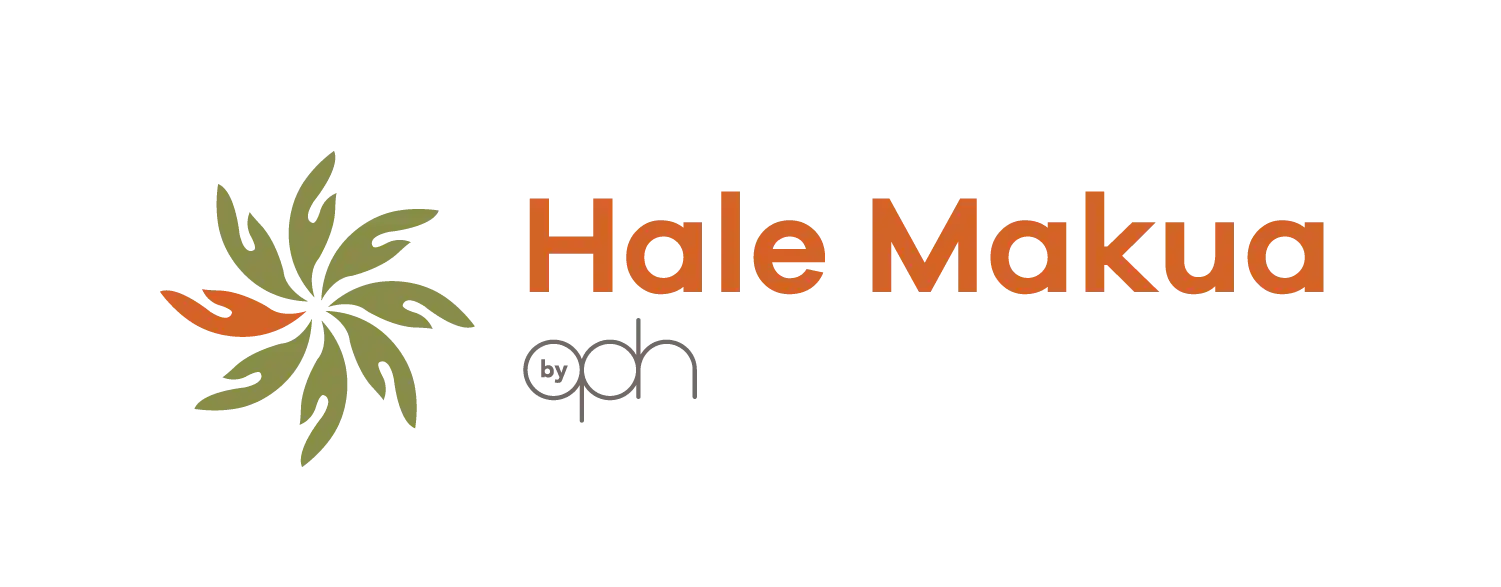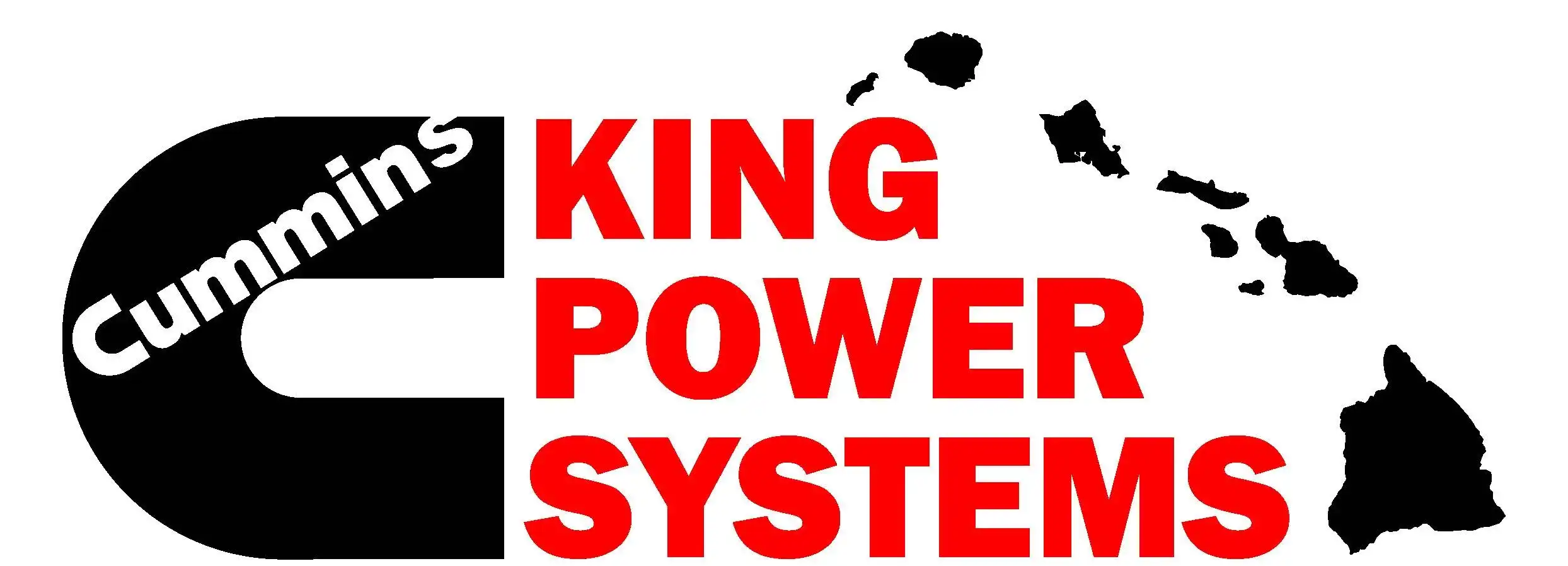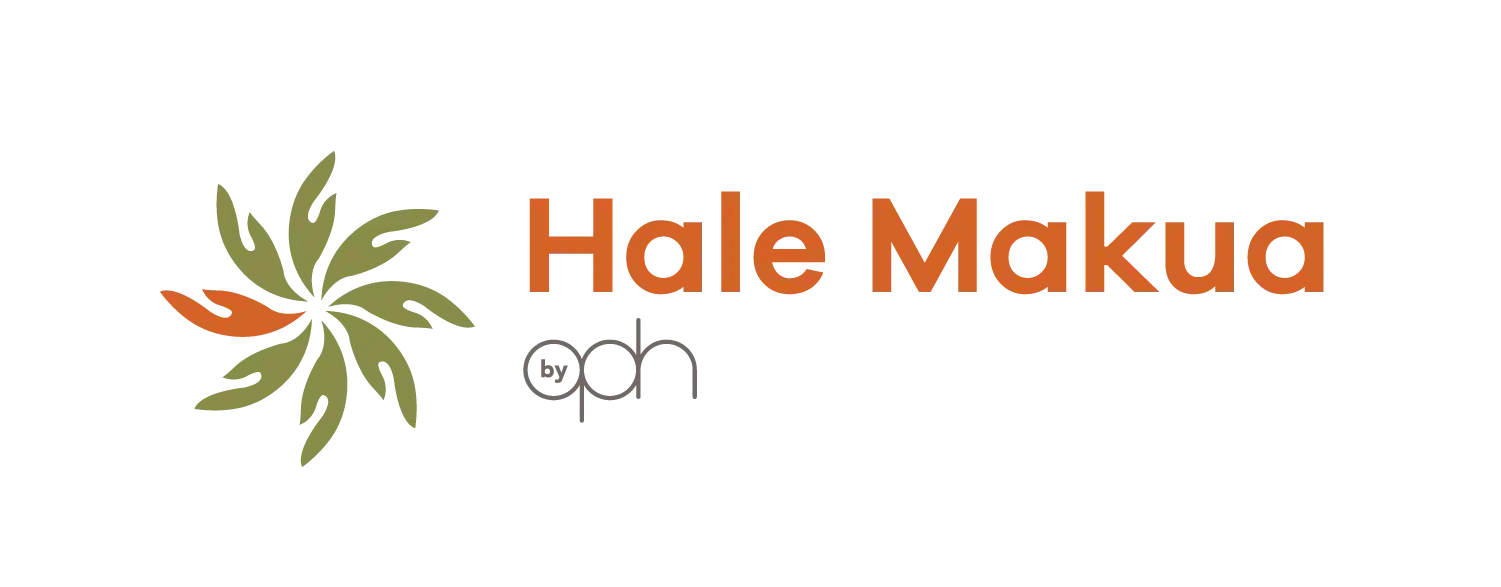Hawaii Wildlife Fund reviews successes, looks forward to future challenges

Maui Now: A Maui People Interview with Hannah Bernard
In the 1990s, the situation seemed a bit desperate for some endangered species on Maui, especially in the Māʻalaea mudflats, once a playground for motorcyclists and all-terrain camping vehicles, where an occasional Hawksbill turtle would be fatally struck crossing the main road by motorists and wild dogs were known to dig up and eat Hawksbill and green sea turtle eggs buried in the sand. There was also a problem with tumors growing on turtles.
Back then, Hannah Bernard and her volunteers could be found late at night voluntarily patrolling the beaches and educating passersby about the migration of Hawksbill and green sea turtles, both protected federally by the Endangered Species Act. The “turtle watch” attracted thousands of children as well as adults. Bernard’s work as then president of Hawaiʻi Wildlife Fund and the work of co-founder Bill Gilmartin drew attention to the need for additional protection.
Their staff has science-based credentials, with Bernard holding a marine science degree and working for five years as a federal fishery biologist, and Gilmartin, serving 16 years as chief of the National Marine Fisheries’ Protected Species Program. The group and volunteers saved an estimated 11,000 turtle hatchlings on Maui.
The wildlife estuary at Māʻalaea has been restored across the mudflats where endangered waterfowl species such as nene geese, and Hawaiian coots and stilts frequent. The nonprofit Hawaiʻi Wildlife Fund also organized volunteers to pick up an estimated 375 tons of marine debris statewide, bringing attention to harmful plastics and abandoned fishing nets that kill sea life.
Hawaiʻi Wildlife Fund has grown to have a paid staff of five employees and a dozen contractors, and also partnered with Whaler’s Village in Kāʻanapali to operate the Hawai’i Wildlife Discovery Center, where it has a 5,000-square-feet multi-media education center for children and adults and information on ways people can support its environmental efforts, including internships and volunteer work.
Maui Now writer Gary Kubota talks to Bernard about Hawaiʻi Wildlife Fund’s successes and future challenges in this People of Maui series.
KUBOTA: What lies ahead?
BERNARD: We will continue to focus on our native marine life through habitat restoration, education, and research on Maui and Hawaiʻi Island, cultivating the next generation of conservationists with key staff like Magdalena Carey and Megan Lamson Leatherman.

I am especially happy with our internship program where students gain first-hand experience working with us on the beaches to recover sensitive habitat like anchialine ponds, and nesting and basking habitat for sea turtles, and conducting research and wildlife protection alongside our staff.
With the addition of the Hawaiʻi Wildlife Discovery Center at Whalers Village, we also have a solid facility where interns can also learn how to inspire and educate our visitors and residents to mālama our wildlife.
KUBOTA: In the past, I’ve been surprised about the sometimes lack of baseline information about water, reef, and sea life quality being done as a basic requirement before a coastal development. The absence of that kind of grid information makes it easy for the developer to claim the source of pollution was occurring already and taking no remedial action. The baseline information could serve as the standard for restoring any damage to the reefs. Has there been any movement to resolve that lack of information by the state?

BERNARD: Yes, I agree, baseline information of those things should be established prior to developments.
In fact, it has been collected at a few notable locations: Kahekili reef area, also more properly known as Haʻenanui, the zone where the wastewater seeps have been identified, had many studies conducted throughout the 1990s and into the 2000s by the Coral Reef Monitoring & Assessment Monitoring Program and the state Department of Land and Natural Resources. Many of us remember what a healthy, thriving reef that was!
Also, the Olowalu reef area has been surveyed extensively by these programs and others. The late, great Uncle Ed Lindsey helped to commission a baseline survey by scientist Eric Brown, Ph.D, of Olowalu reef right after the town area was purchased by Peter Martin and Associates, specifically to document its status prior to development.
We need to continue to document the health of our reefs, even though the baseline has shifted. This information can be helpful in enforcing some of our good laws, like the Maui County grading ordinance. But who in the county is the enforcer? We need to ensure that our county laws have funding for education and enforcement.
KUBOTA: What areas need additional legislation and more enforcement?
BERNARD: When the COVID closure of Hawaiʻi was relaxed in 2021, we saw some visitors returning with a nature-starved, disrespectful attitude, and the occurrence of more wildlife harassment followed. Several highly-publicized cases of monk seal harassment helped to raise awareness, but many people still regularly invade the space of sea turtles both on our beaches and in the water.
We have a lot of good laws on the books already to protect wildlife, and have supported many good new additions including a state ban on plastic bags, polystyrene, and harmful chemical sunscreens. and the local movement for subsistence fishery management areas.
We feel the enforcement of sea life laws is directly related to education and are moving in that direction developing educational programs at our Discovery Center, using our sea turtle conservation efforts as an example.
KUBOTA: How can your group and other groups help to move issues along?
BERNARD: We need stronger education efforts in marine biology statewide, with a clear message that our marine resources and habitats merit respectful and mindful treatment. It starts at the school and visitor industry level. We’ve developed internship programs for several college students. But our group canʻt do it alone, we have always been active collaborators with other conservation and community groups and the marine tourism industry.
KUBOTA: Can you provide examples of these kinds of educational efforts?
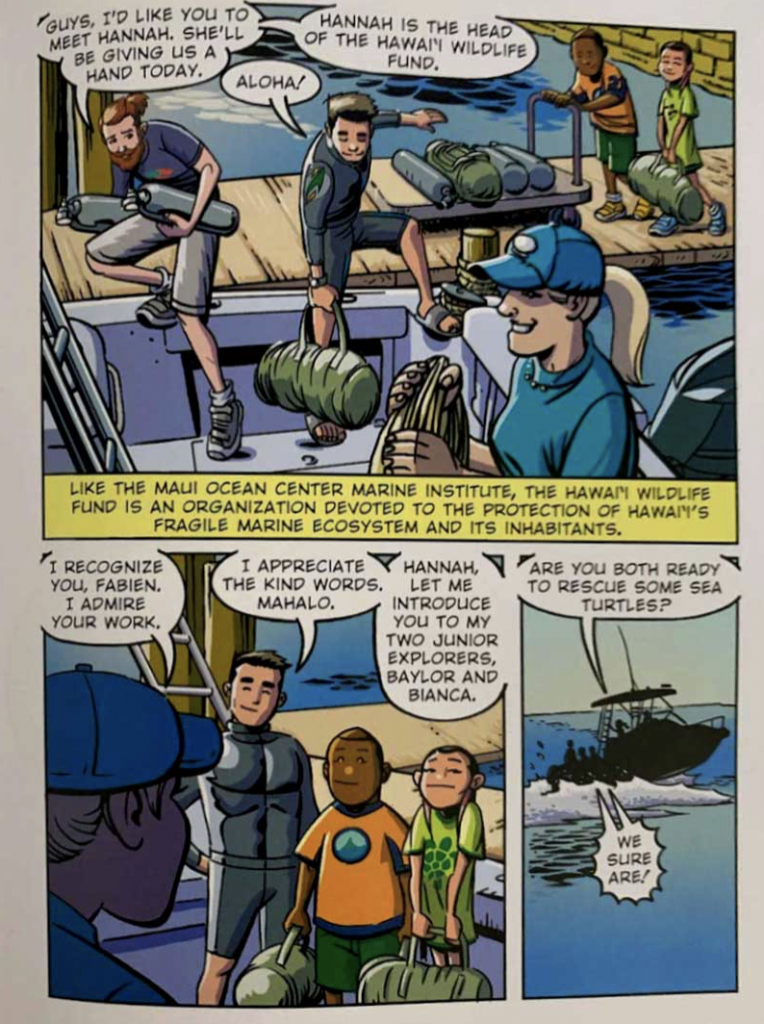
BERNARD: I love the efforts of groups like Maui Nui Marine Resource Council that now have educational videos at our airport, and the Maui Visitors and Convention Bureau and Hawaiʻi Tourism Authority, which has also produced fantastic outreach videos communicating an ethic of respect and care for our natural resources. We need these messages to permeate mainstream media as well as social media.
The age of selfie-taking as close to wildlife as possible is over. We also need visionary, responsive leadership in our elected officials as we face a future filled with uncertainty and environmental instability.
KUBOTA: What kind of uncertainty and instability faces our environment in the future?
BERNARD: We have achieved a great success in using the Clean Water Act to ensure the wastewater treatment plant is re-using more of the water, and in the future, less of it will be seeping into the ocean. However, the overall increase in ocean temperature and subsequent sea level rise is a double whammy impacting coral reefs, in fact it is an existential threat.
Most people don’t know that 90% of global warming is occurring in the ocean, which stresses corals and leads to repeated coral bleaching events, even here in Hawaiʻi. So it’s crucial that we continue to focus on reducing our own impacts locally. The old adage, “Think globally but act locally,” really should be a mantra we live by.
KUBOTA: There was a time when the Maui County officials denied a connection between its dumping treated sewage into its injection wells and the pollution in the ocean in Lahaina and Kīhei. That argument was debunked by a US Geological Survey study showing seepage in all nearby ocean areas. Even with the facts at hand, it seems like the responsibility for remedial action of these coastal waters, including additional treatment and recycling the water, gets passed on from one county mayoral administration to the next. You have any thoughts on this?

BERNARD: The Maui County government seems to be finally moving toward the resolution of this situation, starting with the previous County Council’s efforts to improve re-use of wastewater and the county’s application for a National Pollutant Discharge Elimination System Permit. Yes, the final outcome took way too long, and yes, the nearshore reef off the Lahaina Wastewater Treatment plant suffered, but the collaboration of our communities and conservation groups was key to making progress along the way. Persistence — and a good lawyer — paid off.
As you know, our Hawaiʻi Wildlife Fund was the lead plaintiff in a lawsuit filed by Earthjustice over this coastal pollution issue, specifically violations of the federal Clean Water Act.

We started out as members of a community-led effort to address the impact of wastewater on our reefs. We negotiated fruitlessly with several mayoral administrations before finally filing a lawsuit against Maui County in 2012 over this issue. I am deeply grateful that we have such a great environmental champion in the form of Hawaiʻi-based legal firm Earthjustice, who defended us, and our co-plaintiffs Sierra Club, Surfrider, and West Maui Preservation Association in this landmark case all the way to the US Supreme Court — a case that we won.
KUBOTA: What made you decide to come to Maui and what kept you here?
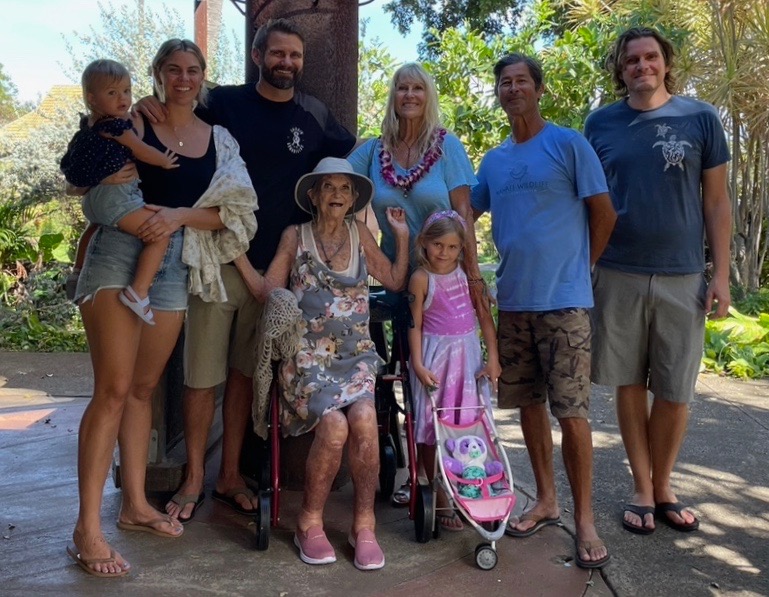
BERNARD: I visited Hawaiʻi Island and then Maui with my young family in 1989, and was just taken over by the sheer beauty, the power of the Hawaiian culture and magic of this place. I was taken over inside, I wanted to raise my sons here and knew I would find a job as a marine biologist eventually. We moved here in 1991.
While I was called here on a personal level, I am madly in love with Hawaiʻi, and my family is here, too — not just my own but my extended ʻohana of beloved friends and all the amazing wildlife all across the islands. That has kept me here, plus the knowledge that my career path has allowed me to give back to Hawaiʻi. I love the work that I do and that it has made a difference here makes me very happy.




